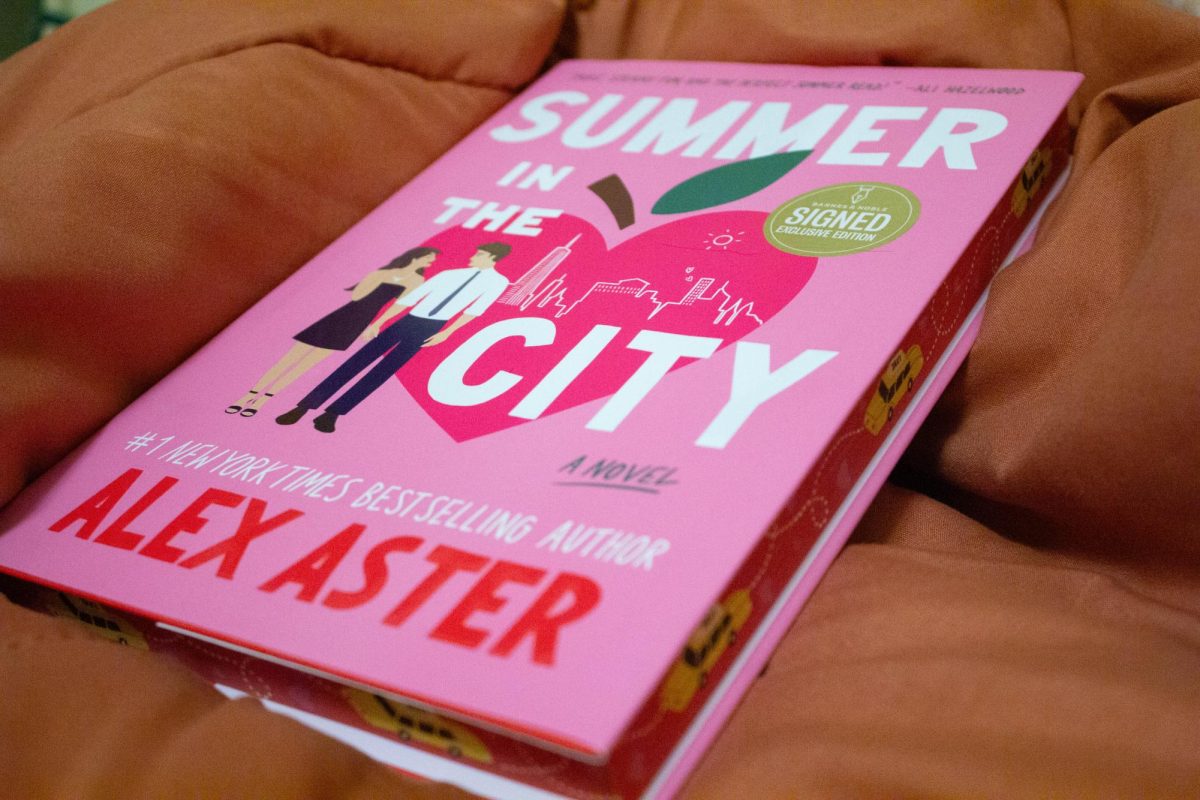“The Greatest Night in Pop” sets high expectations from its title alone – to call anything the “greatest” of something creates some pretty big shoes to fill and must prove the truth of the statement. The focus of the documentary being the recording of 1985’s “We Are the World” is a strong start in justifying the claim, but it can’t take it all the way.
To really validate that title, you don’t just need a great event but a thoughtful perspective on it and its impact. This includes its impact on the people involved, the world of music, humanitarian efforts, etc. “The Greatest Night in Pop” manages to pull this off.
“We Are the World” was a song written in 1985 by recording artists Michael Jackson and Lionel Ritchie with the hopes of raising money for famine relief in Africa. The intention was to gather as many famous musicians as possible to be on the recording in order to boost the song’s reach, and in turn, the charity profits. Ultimately, over 40 artists appeared on the track, including such musical legends as Stevie Wonder, Tina Turner and Ray Charles. “The Greatest Night in Pop” documents the frenzied, anomalous night the song was recorded.
Before diving into the night itself, the documentary sets the stage by laying out the events leading up to it, such as the idea’s inception and recruitment of artists. This section could’ve maybe been cut down a bit. Context is certainly necessary, but at times, they were a little too leisurely laying it out.
From there, they get into the recording session, going through a more or less hour-by-hour breakdown of the events. Footage recorded behind the scenes during the session is accompanied by retrospective commentaries from key players such as Lionel Ritchie, Cyndi Lauper, Kenny Loggins, cameramen and sound technicians.
The documentary already has a lot going for it from the start with the recording session footage as the base. For anyone interested in music, or even pop culture, this was a significant event, and to see all of these legendary artists interacting so intimately in the same room is incredible. However, they elevate it even further in this documentary by illustrating the time crunch and pressure the event organizers were under to make it work. Even though you know it’s going to get done, it adds a nice sense of tension and intrigue in seeing how it gets there.
Many of the details they draw attention to create a nice sense of playfulness that adds levity to the documentary, such as Cyndi Lauper’s jewelry picking up on the microphone or everyone singing “Day-O” in honor of Henry Belafonte. Others aided in giving a fuller sense of the event and what it was truly like, such as Bob Dylan’s struggle to find his voice or the ongoing hope that Prince would show up.
The information provided definitely went beyond surface level. It’s safe to say even those familiar with the history of the event learned a thing or two from the documentary. Could it have gone even further? Sure, but with an hour and a half runtime to work with, this is definitely a more than satisfactory overview.
Visually, again, they started with a strong base having so much footage from the event in their archive. I frequently wished they would’ve shown even more of it, instead of some of these more or less nothing shots of people putting tape on the floor or sliding levers on the soundboard. I’m not even from what time period some of this filler footage was taken from – now or then. I get they were trying to establish a mood or concept, but when the archive footage is so strong, just stick with that at the forefront.
The retrospective interviews weren’t super visually interesting, but the content was enough so that it didn’t really matter.
The narrative arc the documentary wove through the retrospective commentaries cemented its sense of heart and impact, especially at the end. They set the tone with a quote from Diana Ross at the end of the night, “I don’t want this to be over.” And then there’s Lionel Ritchie back in the same studio, recounting where everyone was standing or what they were doing there 40 years prior. It was extremely powerful, especially for artists mentioned that have since passed. Beyond the cultural impact, the end does a really nice job of bringing in the humanitarian impact: how the song brought people together, how much money it raised for famine relief and the projects it went on to inspire for the future, such as Live Aid.
There are certainly small things here or there that could be tweaked, but for the most part, “The Greatest Night in Pop” more than earns its name, capturing the magnitude and magic of its central event on a variety of levels, and the legacy that has endured for more than 40 years. It is a diamond in the rough among Netflix documentaries, and a worthwhile one all on its own.





